Onsen: Bathing the Japanese Way
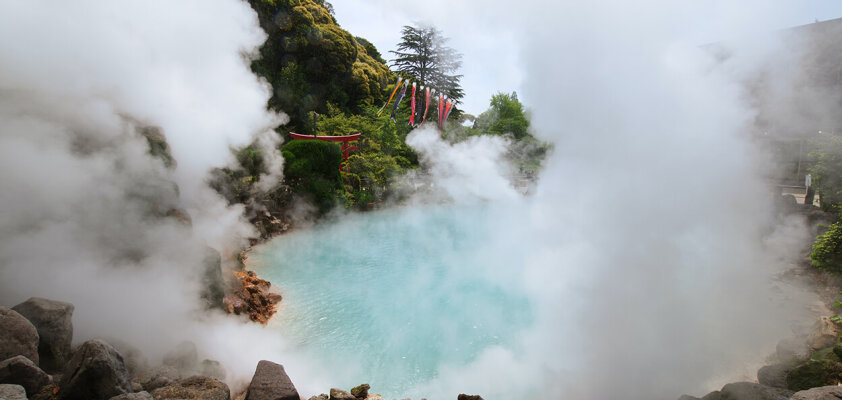
For travelers in Japan, Onsen is both a fascinating and intimidating place. Similar to the sauna in Finland, this special bath is traditionally part of the pronounced bathing culture of the Asian country. Those who get to know its charm and rules will be able to truly enjoy the bath in the hot springs.
Introducing the traditional Japanese spa
Hot vapors, spa atmosphere, and wellness - that's what one envisions with an Onsen 温泉. For many Japanese, visiting a bathhouse has always been a social activity. Often, you see older visitors regularly gathering there to chat - and incidentally, do something for their health. Bathing - called Ofuro お風呂 in Japanese - is very important in Japan. A Japanese bathroom is unimaginable without a bathtub.
However, the difference from a simple bath is that the Onsen water comes from a natural hot spring. These are created by volcanic activity. In addition to "true" Onsen, there are also bathhouses called Sento. Here, people bathe in regular tap water. However, Ofuro and washing are different things in Japan: the former is not about getting clean but about making a contribution to the body and mind while "soaking" in the tub.
But what is the advantage of hot springs? It is already known from the bathtub: hot water promotes blood circulation, stimulates digestion, and relaxes muscles. It is also mineral water. That's why Japanese Onsen are so healthy: they are full of valuable substances that the body absorbs with the water. More than a dozen different types are distinguished. Each spring has its own special composition of minerals - from calcium to iron, magnesium to zinc. These minerals can help heal diseases or strengthen the immune system.
Sulfur baths are most commonly found. The hydrogen sulfide in the springs gives the characteristic smell of rotten eggs. Although this gas is toxic in itself, the dosage determines its effect, which can even be health-promoting. In small amounts, hydrogen sulfide can lower blood pressure. After visiting such a bath, it is advisable to wash thoroughly because the unpleasant smell tends to stick to the body and clothes.
Speaking of eggs: eggs cooked in thermal steam are a popular snack at bathing places in Japan. Even though they have a slightly strong smell, the texture when eating is unique. They simmer for hours over the hot spring and acquire a silky-creamy structure when you spoon into them.
How to visit a Japanese bathhouse
Onsen are as typical for Japan as sushi and kimono. That's why everyone must experience how it feels to pamper oneself in a hot bath like a Japanese. Many, however, hesitate because in Japanese baths, bathing is done unclothed alongside strangers. Additionally, they represent a novel environment with its own set of rules. Yet, this fear does not do justice to the Japanese bath, as they are primarily a place of relaxation. Those who know what to expect beforehand will surely come to appreciate the traditional Onsen bath.
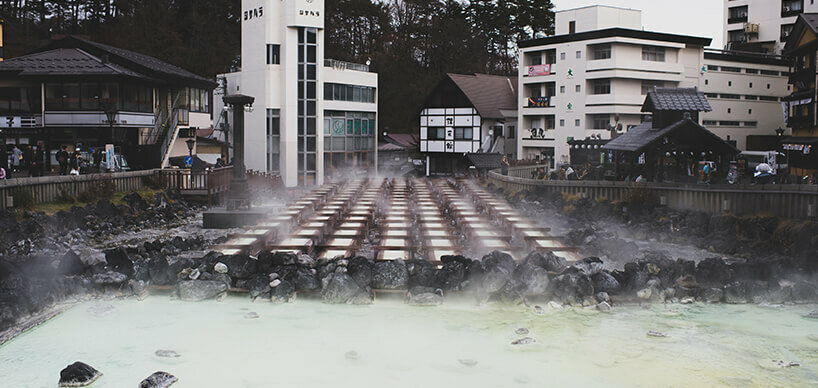
Onsen are as typical for Japan as sushi and kimono. That's why everyone must experience how it feels to pamper oneself in a hot bath like a Japanese. Many, however, hesitate because in Japanese baths, bathing is done unclothed alongside strangers. Additionally, they represent a novel environment with its own set of rules. Yet, this fear does not do justice to the Japanese bath, as they are primarily a place of relaxation. Those who know what to expect beforehand will surely come to appreciate the traditional Onsen bath.
The hot water can be a challenge for many. In Onsen, it is over 37 degrees Celsius, often even hotter. Therefore, it is advisable to slowly acclimate with short visits. One should also wait a bit after eating before entering the hot spring - it's best to enjoy a delicious meal afterward. You can stay in the pool as long as you feel comfortable. A cold shower can help cool down between bathing sessions.
If you have decided to experience Japanese hot springs for yourself - congratulations! Here's what you definitely need:
- Time: you should definitely bring this to ensure a relaxed visit
- Soap and Shampoo: for washing before and after the bath
- Large towel: for drying off
- Small towel (Tenugui): this serves many purposes. It's customary to clean yourself or cover up when not in the water. While in the pool, place the Tenugui on your forehead or on the side of the pool
- If applicable, a hair tie or swim cap: if you have long hair, it's advisable to keep it tied up. Hair in the water is not well-received
- Coins: many Japanese bathhouses have lockers for securing valuables. There are also usually vending machines where you can buy drinks. Staying hydrated is important when sweating in a hot spring. Tea, a cool soft drink, or beer is a must after an Onsen visit!
Many onsens in Japan provide essential items such as shampoo and towels, sometimes for a fee. In a hotel with a hot spring, you can expect to receive everything you need, including a bathrobe and slippers. However, when visiting a small, simple public bathhouse, it's better to bring your own belongings.
This is how a visit to a Japanese onsen typically unfolds: You enter the changing area after removing your shoes at the threshold. Usually, baskets are available for you to deposit all your clothes. Place your basket on the designated shelf and lock up valuables if necessary. Take your tenugui and soap with you.
Next, head to the shower area. In Japan, people shower while sitting - small stools are provided for this purpose. Everyone thoroughly washes with warm water and soap before entering the bath. After the hot spring experience, another shower is taken, and hair is washed. Cosmetic items like body lotion and face cream complete the wellness experience. Many public bathhouses and hot springs also have a resting area where you can relax afterward.
Bathing culture in the onsen
It's not so easy to get everything right the first time in a sento or onsen. Most mistakes are forgiven for inexperienced travelers. In the worst case, someone will kindly point out what you should do differently. It's best to know these things before visiting a Japanese bath:
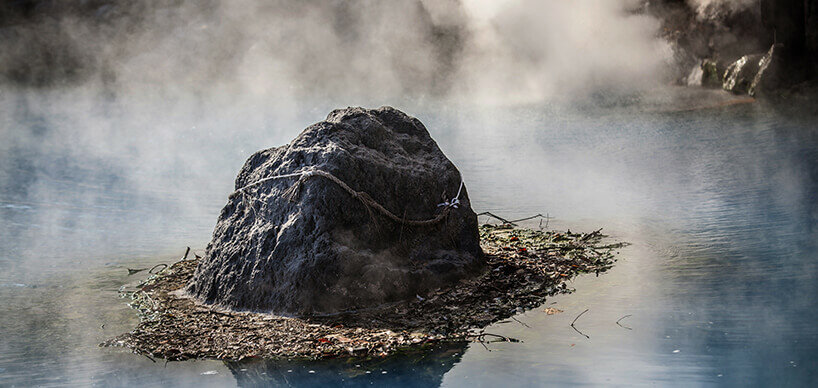
- Cleanliness: This is the most important aspect. Thoroughly cleaning your body with soap before entering the hot water is essential. In Japan, especially the feet and intimate areas are considered unclean and should be well cleaned. It's crucial to remain seated on the small stool while doing this. After showering, everyone rinses thoroughly to ensure no soap enters the hot spring water.
- It also involves symbolic purity, highly valued in Japanese culture. This includes wearing special shoes when going to the toilet. The small tenugui towel should never touch the water in the onsen pool, as it would also become contaminated. Never wring it out in the water.
- Relaxation: To allow everyone to enjoy a peaceful bath, avoid loud conversations. However, it's okay to talk with other visitors - local residents might even chat with you cheerfully. Japanese bathing culture is, after all, social. Running or splashing is taboo. Also, enter the pool slowly and never jump in from the edge.
- Discretion: Since everyone has to undress in front of others, it's essential not to make anyone uncomfortable. Use the tenugui to cover yourself. Nowadays, most Japanese onsens are separated by gender - either spatially or temporally. You can recognize the separation by the color at the entrance: red for women, blue for men. Make sure you enter the correct area or visit at the right time.
- Health: If you have circulatory problems or thrombosis, unfortunately, hot springs are not suitable for you. Additionally, people with infectious diseases or inflammations should not enter the bath.
Unfortunately, tattoos are also prohibited in most onsens. They are still associated with the Yakuza, the Japanese mafia - and their members are not particularly welcome in such places.
Where can I find the right hot spring for me?
Onsens can be found all over Japan. Many ryokans - traditional Japanese accommodations with tatami mat floors - and hotels in Japan offer these baths. Additionally, you can enjoy delicious, typical Japanese cuisine. In the southern island of Kyushu lies Beppu: the "City of a Thousand Onsens." Staying in a genuine ryokan there is almost a must.
Relaxing in the midst of Japan's major cities? That's also possible! In Oedo, right in the heart of Tokyo, you can even immerse yourself in the history of the Edo period. Kyoto, always worth a visit, also has some beautiful public bathhouses to offer.
Hakone is another popular location not far from Tokyo. Here, you also have a spectacular view of Mount Fuji. If you want to enjoy a hot bath with a view of the sea, you should visit Jinata Onsen on Shikine-jima Island. Despite being slightly outside in the ocean, it is part of Tokyo Prefecture.
Another cozy onsen town is Kinosaki north of Fukushima. Tourists there often stroll around in yukata attire, a lighter form of kimono. In the far north of Japan, on Hokkaido Island, you'll find Noboribetsu with its "Hell Valley." It owes its name to the numerous hot sulfur springs that steam and emit odors at every corner.
A highlight, especially in winter, is outdoor baths. There, you can enjoy a refreshing breeze and a beautiful view of nature while bathing under the open sky. Whichever onsen you choose, the experience will surely be an unforgettable part of your journey.
One question remains: why not here as well? Even in our own country, you can enjoy the traditional Japanese bathing experience. Some thermal baths create a Japanese atmosphere and present it in a modern way. For example, the baths at "Kranzbach" in Bavarian Krün, at Tegernsee in the "Mizu Onsen Spa" with a Japanese restaurant, in Baden-Baden with its thermal springs, in Munich, or Berlin. Whether it's a quick thermal bath visit or a wellness weekend, to take time for yourself and relax like the Japanese, you don't have to travel far!

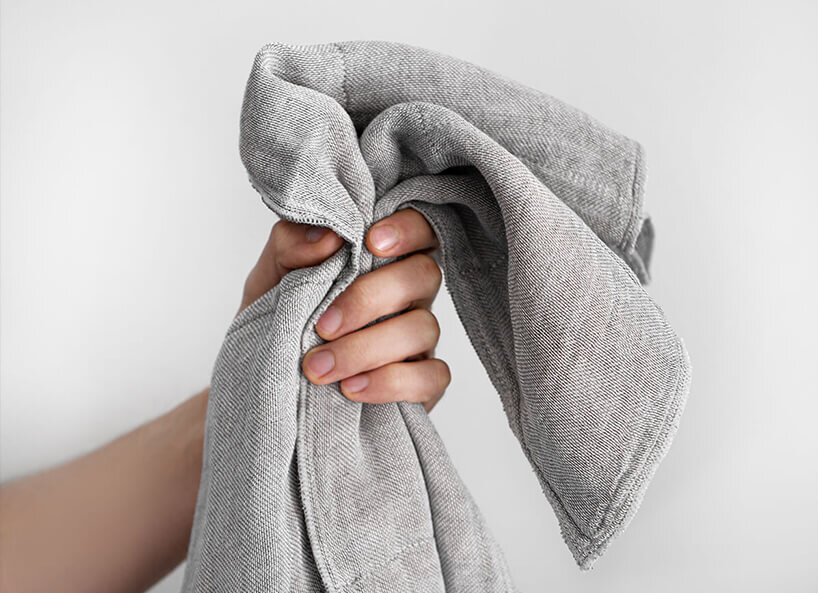
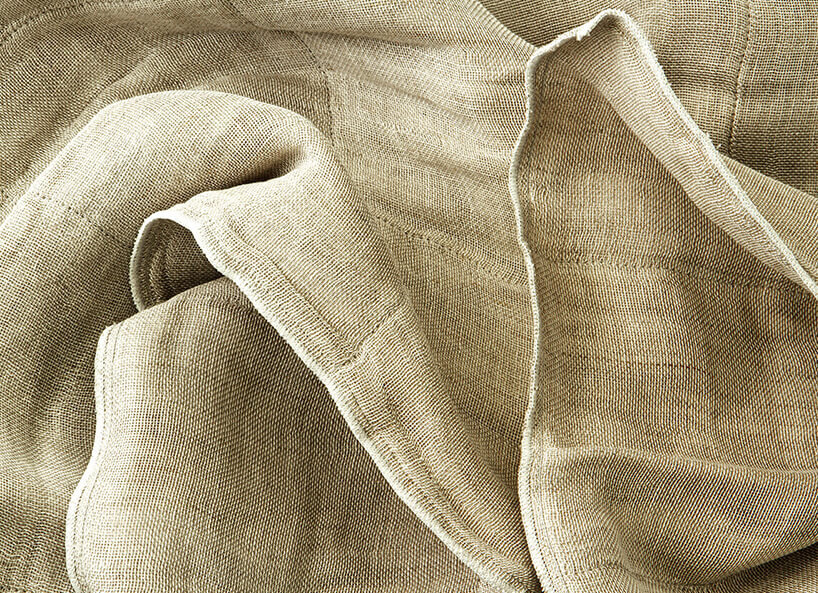
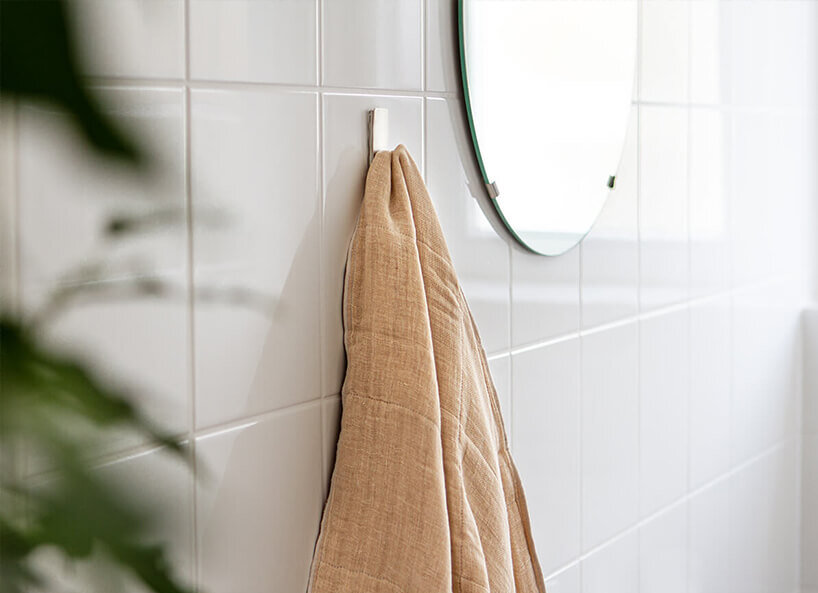
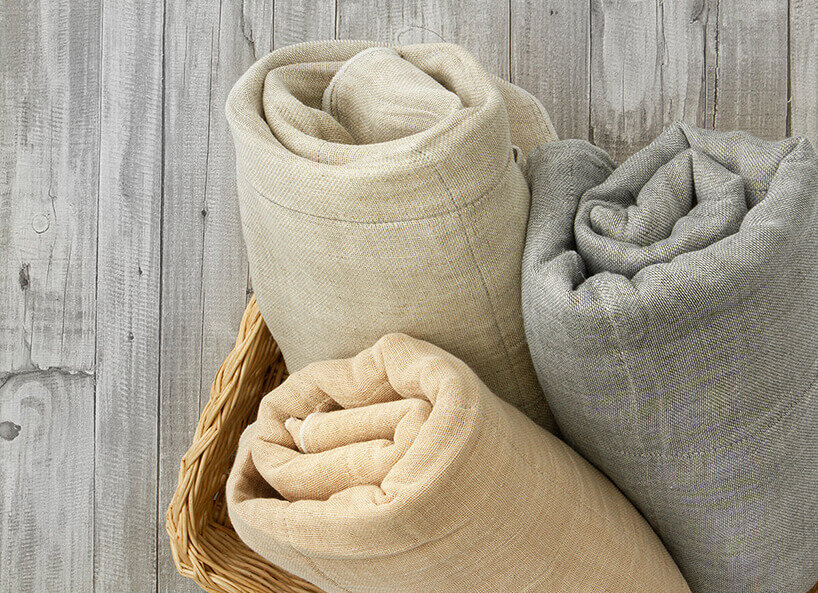










-from-the-yakiyaki-grill-pan.jpg)




